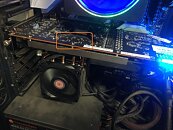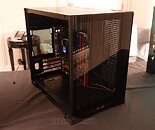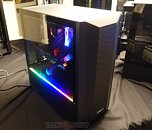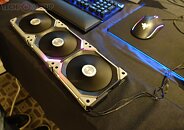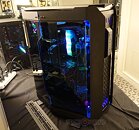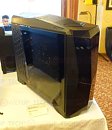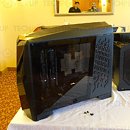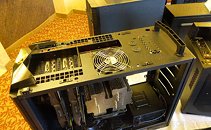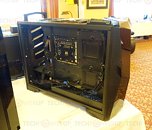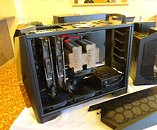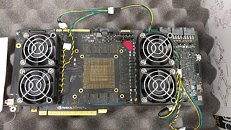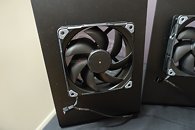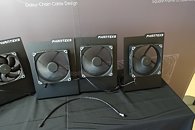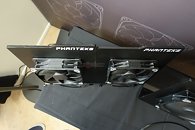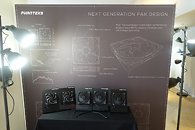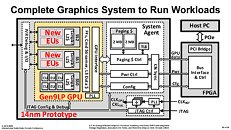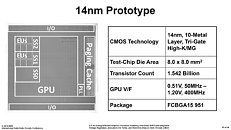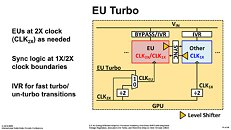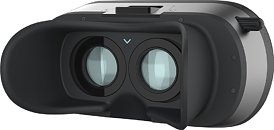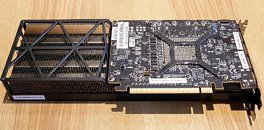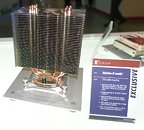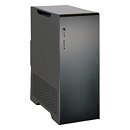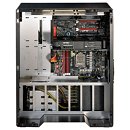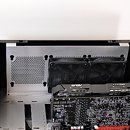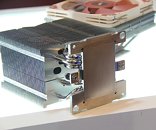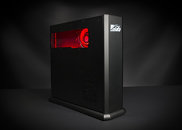
Snapdragon 8cx Gen 4 SoC Geekbench Scores Crop Up, Likely an Engineering Sample
Benchmark results for Qualcomm's Snapdragon 8cx Gen 4 SoC appeared on Geekbench Browser early yesterday morning, under the designation Snapdragon 8cx Next Gen. This chipset is tipped to be a successor to the Snapdragon 8cx Gen 3, which was launched at the end of 2021 as the world's first 5 nm Arm-based SoC for Windows laptops. A tipster on Twitter has highlighted the very underwhelming results posted by the next gen chipset, and these figures would indicate that an engineering sample was the test subject, not final silicon. The 8-core Snapdragon 8cx Gen 3 is shown to outperform its supposed successor, and the clock frequencies for the latter appear to be lower than anticipated.
The Geekbench 5 database entry for Snapdragon 8cx Gen 4 also reveals details about its specifications - a 12-core configuration that is split into eight performance cores and four power-efficiency ones. The base core frequency is listed as being 2.38 GHz, and the benchmark was completed under a Balanced Power plan in Windows 11 Home Insider Preview. 16 GB of RAM was used in the test kit, although earlier leaks have indicated that the chipset can support up to a maximum of 64 GB LPDDR5 RAM.
The Geekbench 5 database entry for Snapdragon 8cx Gen 4 also reveals details about its specifications - a 12-core configuration that is split into eight performance cores and four power-efficiency ones. The base core frequency is listed as being 2.38 GHz, and the benchmark was completed under a Balanced Power plan in Windows 11 Home Insider Preview. 16 GB of RAM was used in the test kit, although earlier leaks have indicated that the chipset can support up to a maximum of 64 GB LPDDR5 RAM.













